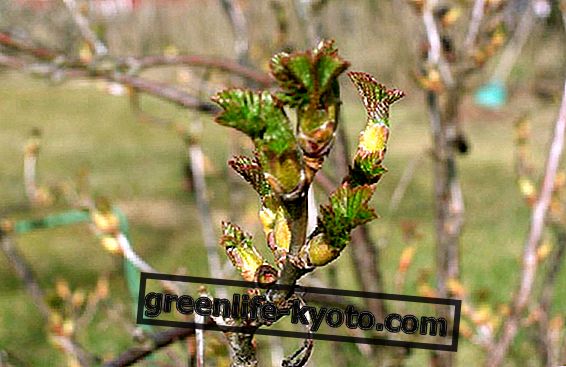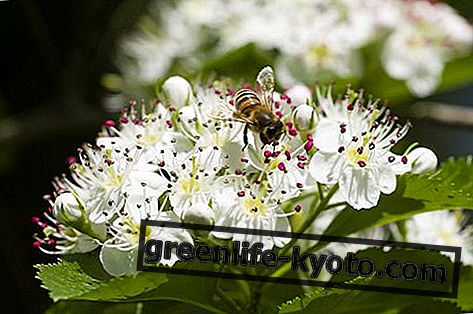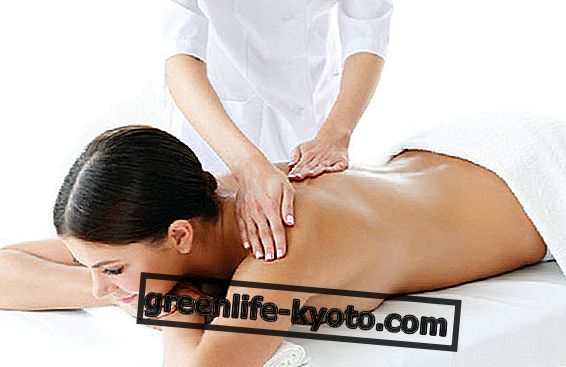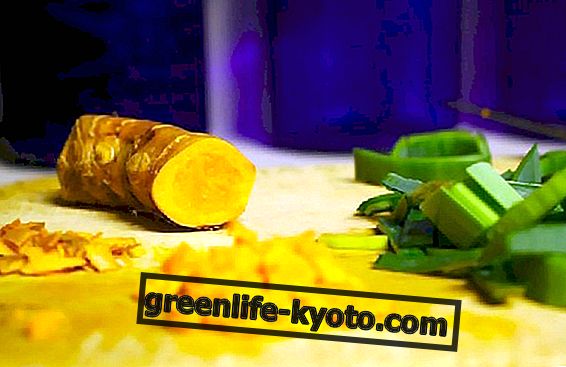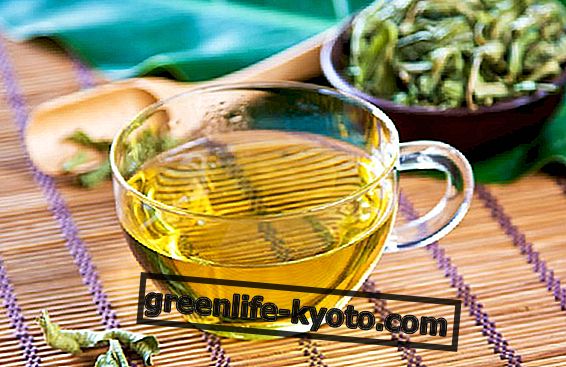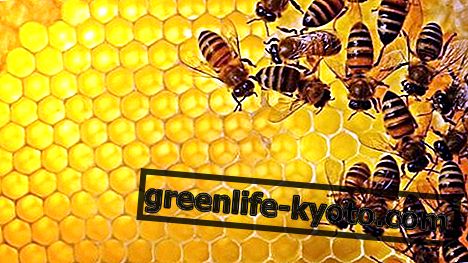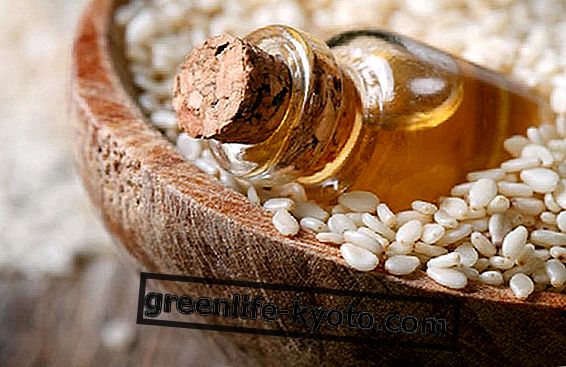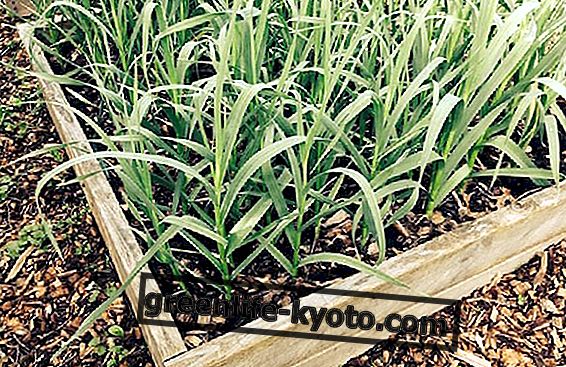
The term tinnitus indicates the situation in which a noise is perceived in one or both ears, even if no sound comes from the outside. Each person has his own level of tolerance to the noise produced by tinnitus . Tinnitus can strike at any age, although in childhood the disease is less common because it is more likely that children with tinnitus have hearing problems from birth. Tinnitus does not have a single cause, but it is a combination of several factors.
Before thinking about serious pathologies, we must assess the presence of earwax, which in excessive quantities can lead to a reduction in hearing or the appearance / worsening of tinnitus. Tinnitus is a symptom and therefore it is necessary to carry out a medical history in order to highlight any pathologies that may be at the basis of its appearance; for example thyroid problems both in hypothyroidism and hyperthyroidism. Arterial hypertension can be the cause of a particular type of tinnitus: the noise in this case is pulsating and generally synchronous to the heartbeat; recurrent ear infections or sinusitis or nasopharyngitis. Also the associated symptoms are to be taken into consideration, such as vertigo (in Menier syndrome).
It is necessary to evaluate the temporomandibular joint, as its alteration can cause tinnitus as well as other disorders such as headache, neuralgia and otalgias. The use of ototoxic drugs can also damage the cells of the inner ear causing the appearance of tinnitus. Finally, exposure to noise both in the workplace and outside the workplace should also be evaluated. Often a reduction in hearing ability is accompanied by tinnitus.
Last but not least also possible food allergies / intolerances can cause tinnitus.
As can be seen, an "annoying symptom", apparently banal and difficult to treat, is often the tip of an Iceberg, and from the above, a series of tests must also be performed in the presence of tinnitus.
Regarding therapy, the official medicine intervenes through the use of drugs belonging to various classes, including antidepressants, as one of the consequences of tinnitus is often a more or less marked depressive state, up to be, in some cases, crippling
Regarding natural medicine, we must take into account the PHYSICAL MENTAL AND EMOTIONAL aspects
On a physical level it is possible to intervene through, for example, mesotherapy (with the use of homotoxicological remedies), and phyto / gemmoderivati . In this case the choice is in function of the possible prevailing cause: for example if we are in the presence of arteriosclerosis it is useful to use Gingko Biloba this gemmoderivato can also be used in case of acoustic noise damage. Another gemmoderivato is the Ligustrum VulgareMG 1 DH which, besides having an anti- atherosclerotic action, nourishes the Yin of Rene, and of Liver which, from the point of view of traditional Chinese medicine, is among the most frequent causes of tinnitus. Other buds are Sorbus Domestica associated with Olea Europea in case of vascular cause (spasm). Among the trace elements we will choose those that are diatonic, possibly an association of manganese-iodine.
It is necessary to carry out an evaluation of the time-mandibular joint by intervening on any alterations. From a nutritional point of view, it is advisable to take food with an anti arteriosclerotic action, a diet low in saturated fats (of animal origin, whole grains, foods rich in Vit. A (beta.carotene) with action at the level of nerve cells. Emotionally, tinnitus represents an incessant mental work, a contradiction between what is said and what is done, the need to control situations, among Bach flowers it will be useful, if the interview highlights it, for example Cherry-plum (fear of losing control), Rock Water (excessive rigidity towards himself, and towards others), White Chestnud (recurring thoughts).

